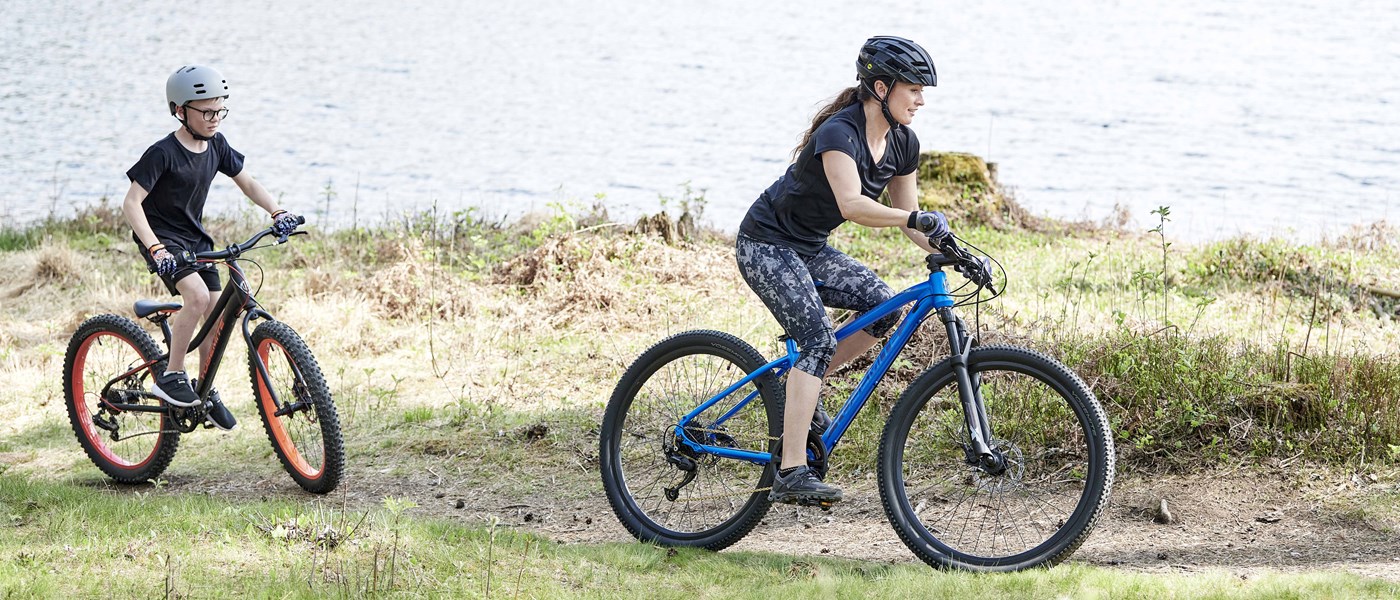Guide: How to Service and Clean Your Bike
Did your bike stand in the garage or storage shed all winter, or did you cycle in the snow and freezing temperatures? Either way, you bike will do well with a proper spring service! Here at Biltema, you can hand your bike in to our Bicycle Service department, but we will also explain in this guide what you should consider if you choose to service your bike yourself.
Clean your bike
A good start when servicing your bicycle is to give it a good clean.
- Use a sponge and a bucket of water to rinse off dirt, mud, and cobwebs.
- Next, you can use a bicycle cleaner that you spray onto the bike. Leave on for a minute or so and then rinse with plenty of water.
- Don’t forget to also clean the chain using a chain cleaner.
- Now it’s time to shampoo! Pour warm water into a bucket and add shampoo. Use a sponge to wash the whole bicycle. Rinse off periodically to prevent the shampoo from drying on. If using a high-pressure washer, avoid all coatings and areas that are sensitive to water. A normal jet of water from the garden hose is usually enough.
- The last step is to use bicycle polish, which creates a dirt-repellent surface. But make sure that you don’t use the polish on the brake components, handles, and pedals.
- Once the bike has dried, it’s time to lubricate the chain. You can do this either using the lubricant included with the chain wash, or with bicycle chain oil. Just don’t use too much, since excess oil easily absorbs dirt and gravel.
Check the brakes
Once the bike is clean, it’s time to check the brakes. Make sure the brake pads are not worn down and feel to make sure the brakes grip properly. If the brakes feel slack or grip a long way in, the brake cables may need to be tensioned. If your bike has hydraulic brakes, you may need to bleed the brakes or change the brake fluid.
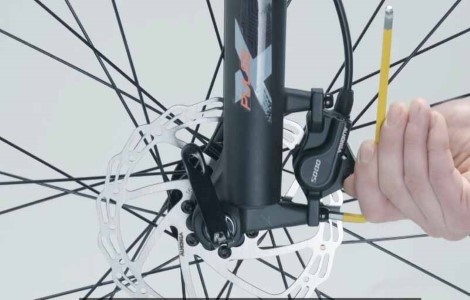
How to adjust your disc brakes
It’s important to check the brakes regularly. We’ll show you how!
How to adjust your V-brakes
The V-brake is important for safety, so you need to check when it needs to be adjusted.

Check tyres and wheels
If your bike has been standing still all winter, the tyres have probably lost some air. Therefore, start by inflating the tyres to the recommended pressure. Make sure that the shape looks even and correct. If the tyre has worn down at the contact point with the road and looks squared down, or if cracks have appeared in the tyre, it may be time to replace it to avoid a puncture.
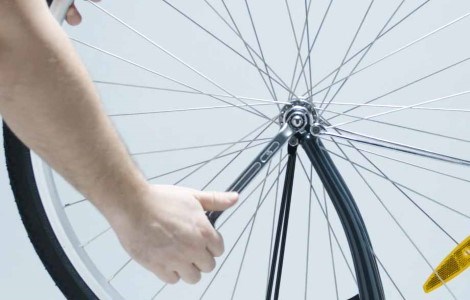
How to mend a puncture
We will show you how to mend a puncture yourself by changing the tyre or inner tube on the bike.
How to fit and remove the rear wheel
It may sometimes be necessary to change your bike’s tyre or inner tube – we’ll show you how to do so.

Check the saddle, pedals, and gears
Has the saddle has become worn during all the harsh weather in the winter? Or do the gears rattle when you’re out riding? Before taking your bike out onto the roads, you should check the saddle, pedals, and gears. Maybe something needs to be replaced or fixed?
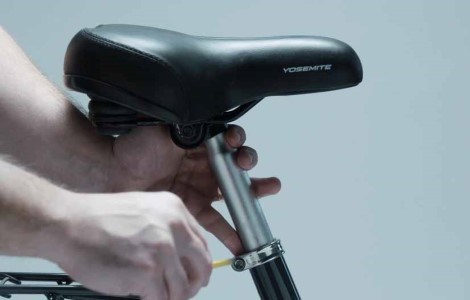
How to fit and replace the saddle
It’s important that you sit comfortably on your bike. We’ll show you how to fit and replace your saddle yourself!
How to fit and replace pedals
It’s important that your bike has good pedals, so that you get the most out of your cycling. We’ll show you how to fit the pedals.
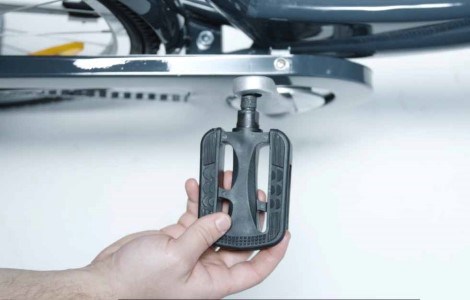
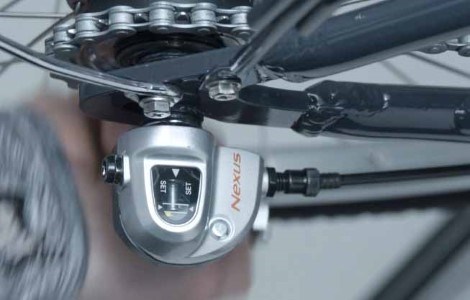
How to adjust your gears
You should adjust your gears when they start to feel sluggish, when they rattle, or when the chain almost hops off when you shift gears.
Nuts and spokes
With use over time, the nuts and bolts on your bike may eventually come loose. It’s therefore important to re-tighten all the nuts from time to time. Also check the spokes to make sure they are all in place and not loose. A missing spoke may seem insignificant, but it can eventually warp the entire wheel, which may have to be fully replaced.
After completing these steps, your bike will definitely be ready for a new season. Now all you need to do is pack a picnic and enjoy the first ride of the season!

